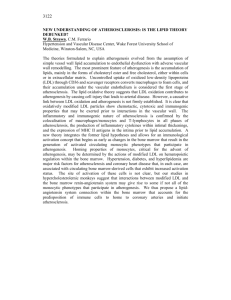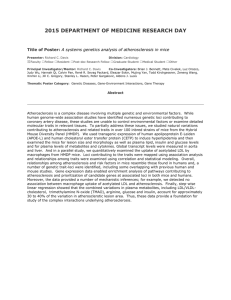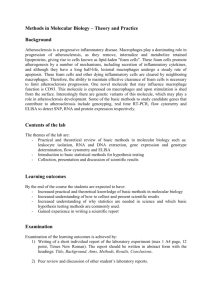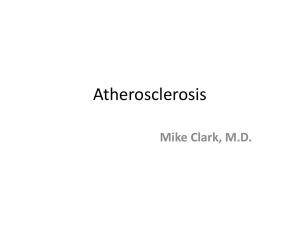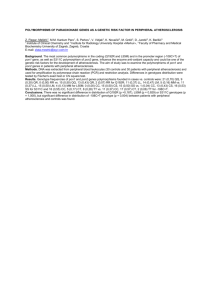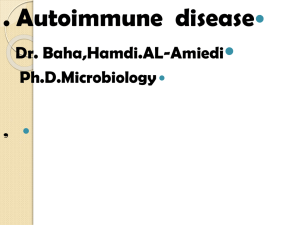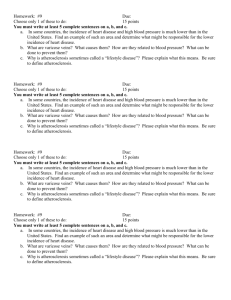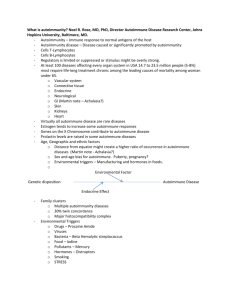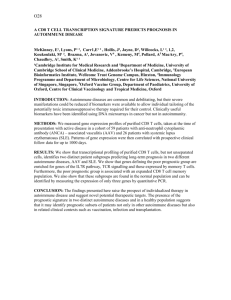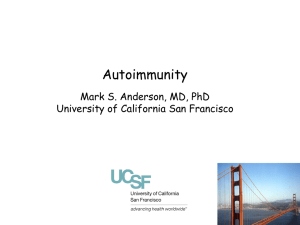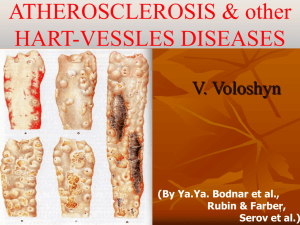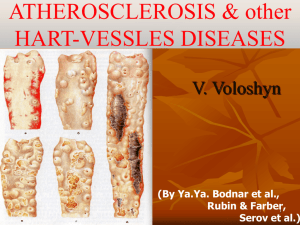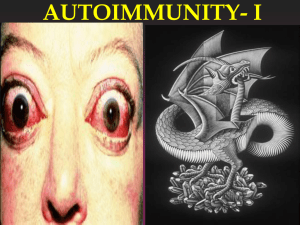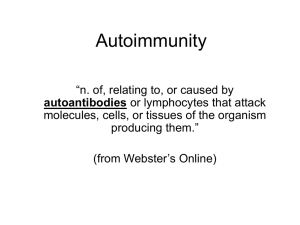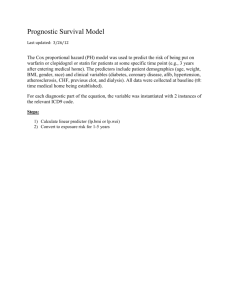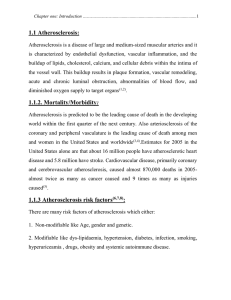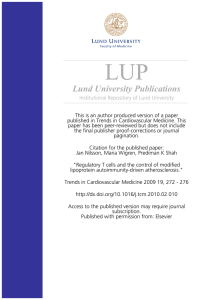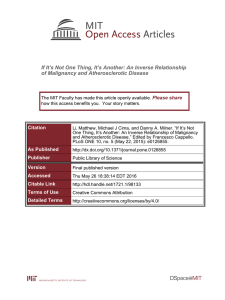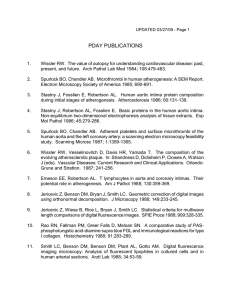hyperlipidemic disruption of vascular immune
advertisement
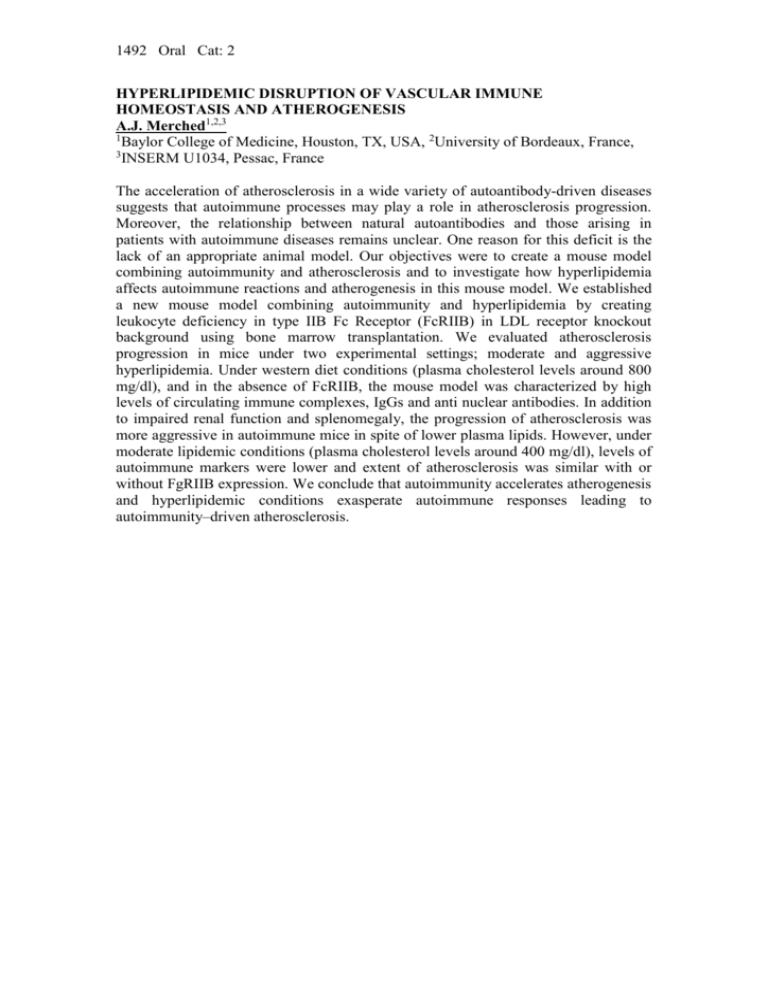
1492 Oral Cat: 2 HYPERLIPIDEMIC DISRUPTION OF VASCULAR IMMUNE HOMEOSTASIS AND ATHEROGENESIS A.J. Merched1,2,3 1 Baylor College of Medicine, Houston, TX, USA, 2University of Bordeaux, France, 3 INSERM U1034, Pessac, France The acceleration of atherosclerosis in a wide variety of autoantibody-driven diseases suggests that autoimmune processes may play a role in atherosclerosis progression. Moreover, the relationship between natural autoantibodies and those arising in patients with autoimmune diseases remains unclear. One reason for this deficit is the lack of an appropriate animal model. Our objectives were to create a mouse model combining autoimmunity and atherosclerosis and to investigate how hyperlipidemia affects autoimmune reactions and atherogenesis in this mouse model. We established a new mouse model combining autoimmunity and hyperlipidemia by creating leukocyte deficiency in type IIB Fc Receptor (FcRIIB) in LDL receptor knockout background using bone marrow transplantation. We evaluated atherosclerosis progression in mice under two experimental settings; moderate and aggressive hyperlipidemia. Under western diet conditions (plasma cholesterol levels around 800 mg/dl), and in the absence of FcRIIB, the mouse model was characterized by high levels of circulating immune complexes, IgGs and anti nuclear antibodies. In addition to impaired renal function and splenomegaly, the progression of atherosclerosis was more aggressive in autoimmune mice in spite of lower plasma lipids. However, under moderate lipidemic conditions (plasma cholesterol levels around 400 mg/dl), levels of autoimmune markers were lower and extent of atherosclerosis was similar with or without FgRIIB expression. We conclude that autoimmunity accelerates atherogenesis and hyperlipidemic conditions exasperate autoimmune responses leading to autoimmunity–driven atherosclerosis.
